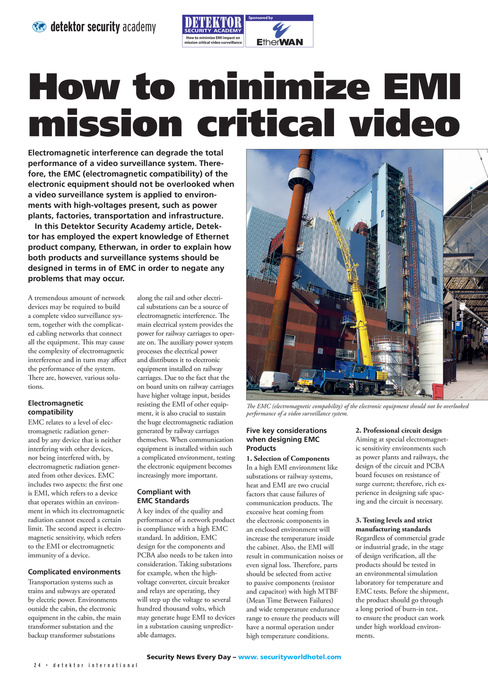- Page 1
- Page 2
- Page 3
- Page 4
- Page 5
- Page 6
- Page 7
- Page 8
- Page 9
- Page 10
- Page 11
- Page 12
- Page 13
- Page 14
- Page 15
- Page 16
- Page 17
- Page 18
- Page 19
- Page 20
- Page 21
- Page 22
- Page 23
- Page 24
- Page 25
- Page 26
- Page 27
- Page 28
- Page 29
- Page 30
- Page 31
- Page 32
- Page 33
- Page 34
- Page 35
- Page 36
- Page 37
- Page 38
- Page 39
- Page 40
- Page 41
- Page 42
- Page 43
- Page 44
- Page 45
- Page 46
- Page 47
- Page 48
- Flash version
© UniFlip.com
- Page 2
- Page 3
- Page 4
- Page 5
- Page 6
- Page 7
- Page 8
- Page 9
- Page 10
- Page 11
- Page 12
- Page 13
- Page 14
- Page 15
- Page 16
- Page 17
- Page 18
- Page 19
- Page 20
- Page 21
- Page 22
- Page 23
- Page 24
- Page 25
- Page 26
- Page 27
- Page 28
- Page 29
- Page 30
- Page 31
- Page 32
- Page 33
- Page 34
- Page 35
- Page 36
- Page 37
- Page 38
- Page 39
- Page 40
- Page 41
- Page 42
- Page 43
- Page 44
- Page 45
- Page 46
- Page 47
- Page 48
- Flash version
© UniFlip.com

detektor security academy
Sponsored by
SECURITY ACADEMY
How to minimize EMI impact on mission critical video surveillance
How to minimize EMI mission critical video
electromagnetic interference can degrade the total performance of a video surveillance system. Therefore, the eMC (electromagnetic compatibility) of the electronic equipment should not be overlooked when a video surveillance system is applied to environments with high-voltages present, such as power plants, factories, transportation and infrastructure. In this detektor Security Academy article, detektor has employed the expert knowledge of Ethernet product company, Etherwan, in order to explain how both products and surveillance systems should be designed in terms in of eMC in order to negate any problems that may occur.
A tremendous amount of network devices may be required to build a complete video surveillance system, together with the complicated cabling networks that connect all the equipment. This may cause the complexity of electromagnetic interference and in turn may affect the performance of the system. There are, however, various solutions. electromagnetic compatibility EMC relates to a level of electromagnetic radiation generated by any device that is neither interfering with other devices, nor being interfered with, by electromagnetic radiation generated from other devices. EMC includes two aspects: the first one is EMI, which refers to a device that operates within an environment in which its electromagnetic radiation cannot exceed a certain limit. The second aspect is electromagnetic sensitivity, which refers to the EMI or electromagnetic immunity of a device. Complicated environments Transportation systems such as trains and subways are operated by electric power. Environments outside the cabin, the electronic equipment in the cabin, the main transformer substation and the backup transformer substations along the rail and other electrical substations can be a source of electromagnetic interference. The main electrical system provides the power for railway carriages to operate on. The auxiliary power system processes the electrical power and distributes it to electronic equipment installed on railway carriages. Due to the fact that the on board units on railway carriages have higher voltage input, besides resisting the EMI of other equipment, it is also crucial to sustain the huge electromagnetic radiation generated by railway carriages themselves. When communication equipment is installed within such a complicated environment, testing the electronic equipment becomes increasingly more important. Compliant with eMC Standards A key index of the quality and performance of a network product is compliance with a high EMC standard. In addition, EMC design for the components and PCBA also needs to be taken into consideration. Taking substations for example, when the highvoltage converter, circuit breaker and relays are operating, they will step up the voltage to several hundred thousand volts, which may generate huge EMI to devices in a substation causing unpredictable damages.
The EMC (electromagnetic compability) of the electronic equipment should not be overlooked performance of a video surveillance system.
Five key considerations when designing eMC Products 1. Selection of Components In a high EMI environment like substations or railway systems, heat and EMI are two crucial factors that cause failures of communication products. The excessive heat coming from the electronic components in an enclosed environment will increase the temperature inside the cabinet. Also, the EMI will result in communication noises or even signal loss. Therefore, parts should be selected from active to passive components (resistor and capacitor) with high MTBF (Mean Time Between Failures) and wide temperature endurance range to ensure the products will have a normal operation under high temperature conditions.
2. Professional circuit design Aiming at special electromagnetic sensitivity environments such as power plants and railways, the design of the circuit and PCBA board focuses on resistance of surge current; therefore, rich experience in designing safe spacing and the circuit is necessary. 3. Testing levels and strict manufacturing standards Regardless of commercial grade or industrial grade, in the stage of design verification, all the products should be tested in an environmental simulation laboratory for temperature and EMC tests. Before the shipment, the product should go through a long period of burn-in test, to ensure the product can work under high workload environments.
Security News Every Day – www. securityworldhotel.com
24 • detektor i n te r n at i on al